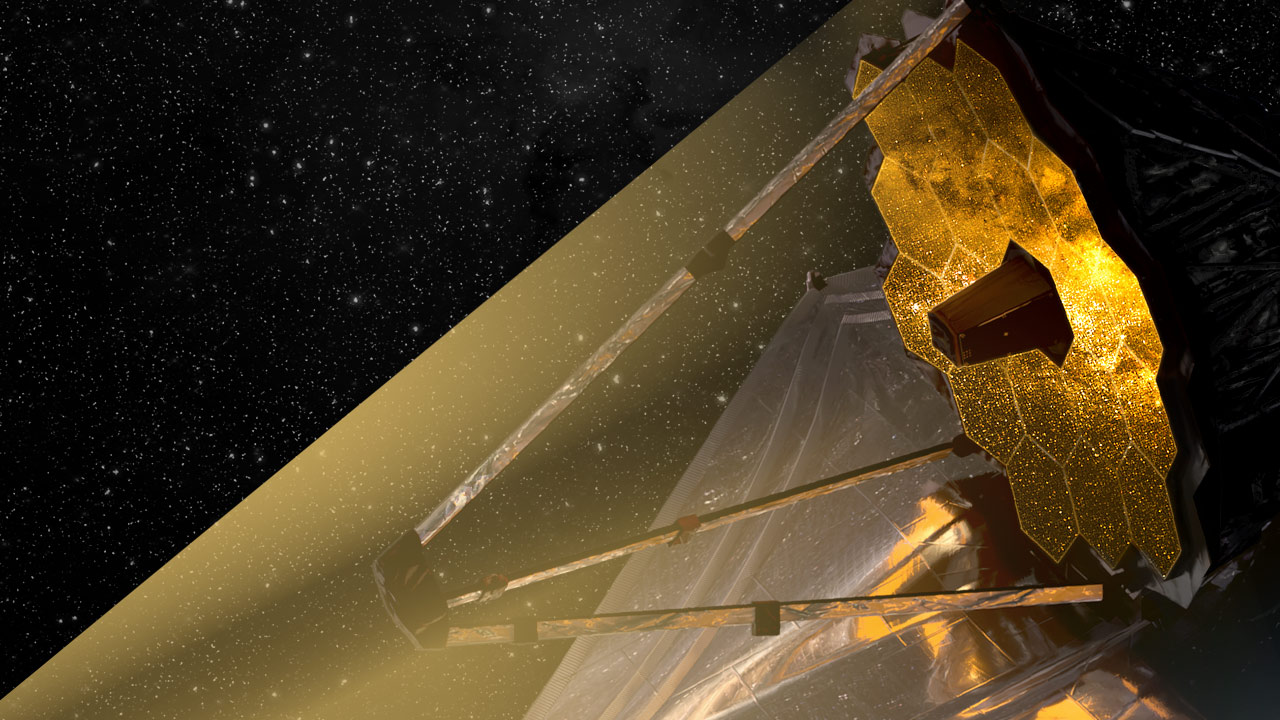
A sensor error was discovered by the National Aeronautics and Space Administration (NASA) in a crucial James Webb Telescope instrument. Since its debut on December 25, 2021, the telescope has given scientists access to previously unexplored regions of the cosmos. IANS, a news organization, reported on Wednesday (April 26) that NASA and its partners are looking into the telescope’s issue. The flaw was discovered during a routine performance evaluation and calibration of the telescope’s 17 viewing modes.
The device and MIRI imaging were found to be risk-free
Officials from the mission discovered a data difference and focused on a mode of the Mid-Infrared Instrument’s (MIRI) Medium Resolution Spectroscopy (MRS). The authorities discovered that the mode was receiving less light at the longest wavelengths—less than was anticipated—than the sensor throughput. The device and MIRI imaging were found to be risk-free.
In a mission update, the officials said, “Analysis of MIRI`s Medium Resolution Spectroscopy (MRS) mode revealed that at the longest wavelengths, the throughput, or the amount of light that is ultimately registered by MIRI`s sensors, has decreased since commissioning last year.” The update said that no effect had been seen for MIRI imaging, and there was no risk to the instrument. “All other observation modes — within MIRI and each of Webb`s other scientific instruments — remain unaffected,” it added.
The Webb team would carry out their scheduled MIRI observations
The Webb team would carry out their scheduled MIRI observations. To fully evaluate the MRS performance, the crew would compile all pertinent flight and ground test data. IANS said that additional test observations would be made in order to fully characterize the nature of the problem utilizing this specific form of observation. The team stated that it is still looking into the matter, identifying risks, and looking into various mitigations that could boost performance. The team further said that increasing the signal-to-noise by using slightly longer exposures at the impacted wavelengths was one potential mitigation method.
The MIRI had previously experienced problems with the MRS. Between August and November of last year, the instrument’s grating wheel became stuck, although MIRI was still able to observe in other modes.
